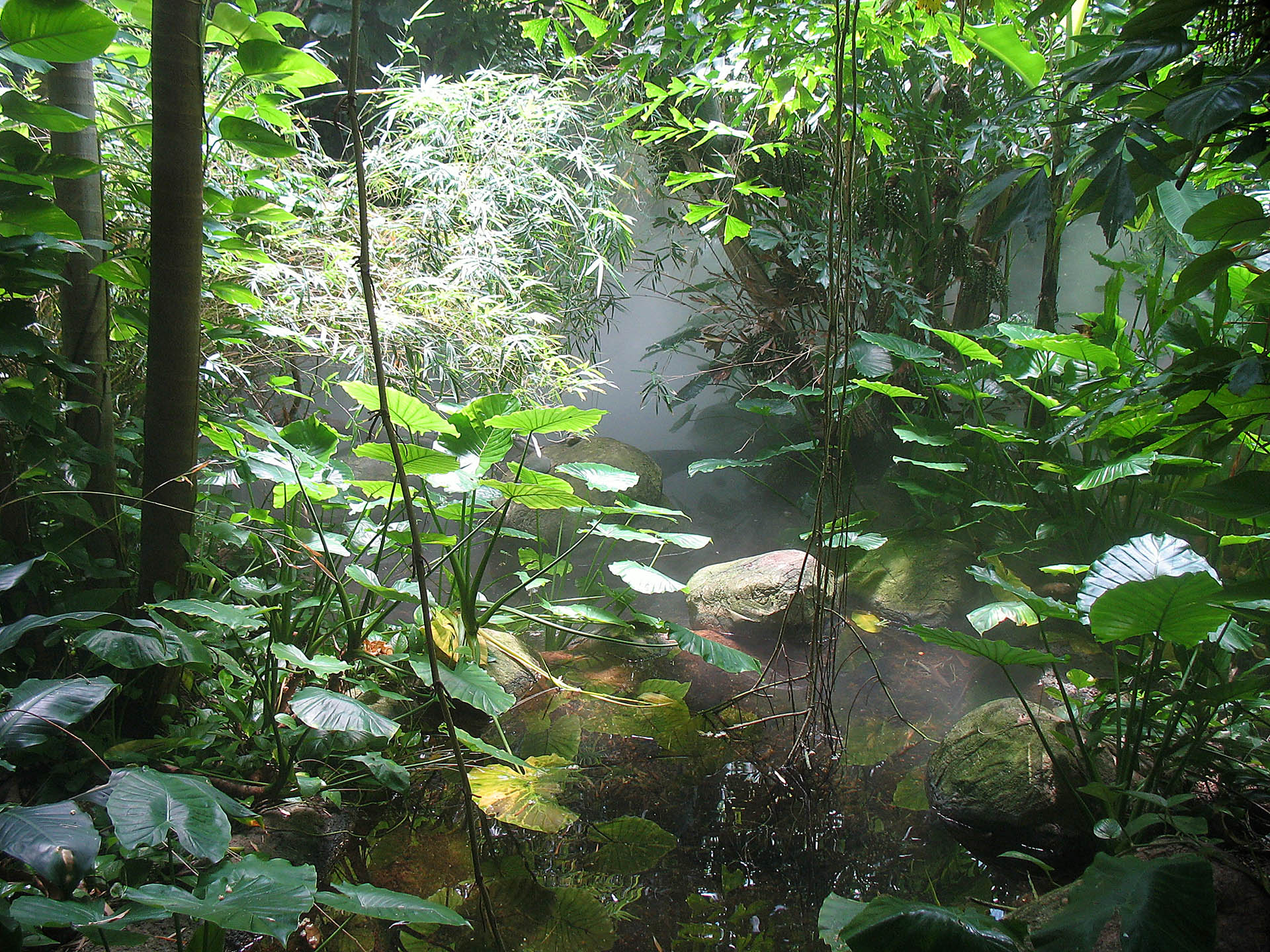Previously, we looked at why REDD+ countries might want to put effort into securing the non-carbon benefits of REDD+, even though there is no formal requirement to do this under the United Nations Framework Convention on Climate Change. In this post, we outline how countries have been incorporating these benefits into their national REDD+ strategies.
With due care and attention to the selection, design and location of REDD+ actions a developing country can achieve all manner of environmental and social benefits: poverty reduction and rural development, improvements in the governance of forestland, protection of human rights, biodiversity conservation and the maintenance of forest ecosystem services, which can also underpin local adaptation to climate change.
A range of potential benefits, but how to ensure that REDD+ does good for the environment and people? Three complementary approaches have emerged from countries’ REDD+ readiness work:
-
Assessing the potential environmental and social benefits (and risks) of proposed actions making up national REDD+ strategies and investment plans;
-
Mapping feasible areas for the REDD+ actions, and their potential benefits, to identify where these actions can yield the most carbon and non-carbon benefits; and
-
Safeguarding the environmental and social benefits prioritized by stakeholders through country approaches to meeting the climate convention’s safeguards requirements
Assessing the potential environmental and social benefits of proposed REDD+ actions serves an immediate purpose of improving the design of the policy or site-based interventions a country plans to implement to reduce deforestation and forest degradation. Which actions are implemented, where, how and whom by can all be adjusted to increase social and environmental benefits. Benefit/risk assessments can also be the starting point for country approaches to safeguards (see below), anchoring them to national REDD+ strategy processes. For example, Sri Lanka has assessed the potential environmental and social benefits and risks of proposed REDD+ actions to inform its national approach to safeguards.
Mapping non-carbon benefits, together with carbon storage and sequestration potential, can take the results of initial impact assessments into the realms of spatially explicit recommendations for prioritising REDD+ actions and where to site them within the landscape, as discussed in an earlier blog. Maps comparing carbon and non-carbon benefits can be powerful visual tools to aid decisions on what actions to implement where. Mapping a range of benefits of different intervention options has much wider application in land-use planning for sustainable landscapes, to help stakeholders negotiate acceptable trade-offs between economic, environmental and social returns. Costa Rica has recently produced such maps, and used to inform their National REDD+ Implementation Plan.
Safeguarding the priority environmental and social benefits, once assessed and perhaps mapped, is a requirement for REDD+ under the climate change convention. Seven broad principles have been agreed in the convention’s ‘Cancun safeguards’, but negotiations fell short of agreeing exactly how to implement them. In response, individual country approaches to safeguards have evolved over the past five years or so. These approaches have collectively consolidated over this time into a framework of good practice that identifies, assesses and strengthens existing governance arrangements - policies, laws, regulations, institutions, and information systems - in each country, to ensure the benefits of REDD+ are enhanced, and the risks reduced. Paraguay is a recent example of a country that has made significant advances in their approach to safeguards.
Countries are finally starting to move from REDD+ readiness and into implementation. Countries could strengthen their case for access to results-based payments by sharing information on how the multiple benefits of REDD+ have been planned for and achieved, through REDD+ strategies, summaries of safeguards information, or both. But the reward for environmentally sustainable and socially equitable REDD+ implementation will be far greater than simply cash for carbon. Better REDD+ actions, better information on biodiversity and ecosystem services that people depend on, better land-use planning, better policies, laws, regulations, and better institutions all add up to mean better governance in and around forests. Better governance is the fundamental enabling factor for more sustainable landscapes. More sustainable landscapes underpin the achievement of the Sustainable Development Goals. Assessing, mapping and safeguarding multiple benefits of REDD+ can be considerably more interesting, and useful, than you might expect…
The UN-REDD Programme offers tools on each of the three approaches to obtaining multiple benefits from REDD+:
* Assessing – Benefit and Risk Assessment Tool (BeRT v2.0) (English – Español – Français) – now available in new workshop facilitator toolkit format!
* Mapping – tools and tutorials (English/Español/Français and others)
* Safeguarding – Country Approach to Safeguards Tool (CAST) (English – Español – Français)




